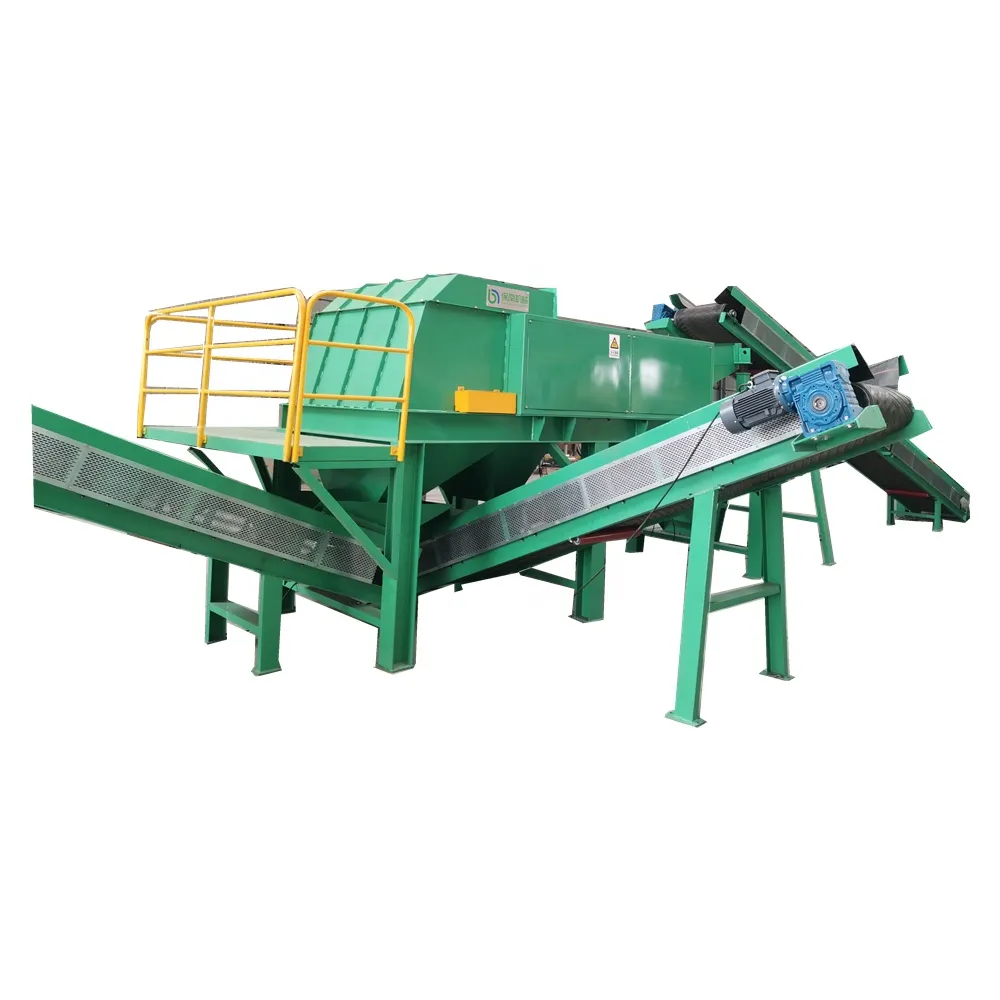

Nov . 08, 2024 21:14 Back to list
The Role of Hammers in Crushing An In-Depth Analysis
In the realm of industrial machinery, hammers play a crucial role, especially in the crushing and processing sectors. The hammer for crusher applications is not just a simple tool; it's a vital component that significantly affects the efficiency and effectiveness of the crushing process. Understanding the various aspects of hammers, including their design, materials, applications, and maintenance, is essential for optimizing crushing operations.
Design and Functionality
Hammers are designed to deliver powerful impact forces to break down materials, ranging from rocks and minerals to recycling materials like concrete and asphalt. The common hammer design includes a heavy head that is affixed to a shaft, allowing it to swing or rotate in order to generate kinetic energy. This energy is released upon impact with the material being crushed, leading to fragmentation.
There are various types of hammers utilized in crushers, including fixed hammers and swinging hammers. Fixed hammers are stationary and serve as a point of impact for materials that get fed through the crusher. On the other hand, swinging hammers rotate and can provide a more aggressive crushing action due to their ability to cover a broader area during impact.
Material Considerations
The material composition of hammers significantly impacts their durability and performance. Common materials used for hammer construction include high carbon steel, alloy steel, and manganese steel. Each material has its own set of properties ideal for different crushing applications.
High carbon steel is often used for light to medium-duty applications, providing a good balance between hardness and toughness. Alloy steel, with added elements like chromium and nickel, offers enhanced resistance to wear and tear, making it suitable for more demanding tasks. Manganese steel is renowned for its outstanding work-hardening properties, allowing hammers to maintain their effectiveness even under extreme conditions.
Applications Across Industries

Hammers are used across a variety of industries, including mining, construction, and recycling. In mining, hammers are critical for breaking down ore into manageable sizes for further processing. In the construction industry, they are essential for crushing concrete and asphalt during demolition and renovation projects. Recycling operations often leverage hammers to process various materials, facilitating the recovery of valuable components while reducing waste.
Each application demands specific hammer characteristics, such as size, weight, and shape, to optimize performance. For instance, a larger, heavier hammer may be ideal for breaking rock, while a lighter hammer might be more effective for softer materials.
Maintenance and Lifespan
Proper maintenance of hammers in crushers cannot be overemphasized. Regular inspections and timely replacements are critical to maintaining operational efficiency and preventing unexpected downtime. Common maintenance practices include checking for wear and tear, ensuring proper alignments, and lubricating moving parts to reduce friction.
The lifespan of a hammer depends on several factors, including the type of material processed, the hammer’s design, and operating conditions. In high-impact scenarios, such as crushing hard rock, hammers may wear down faster and require more frequent replacements compared to situations involving softer materials.
The Future of Hammer Technology
As technology advances, the design and materials used in hammer production continue to evolve. Innovations such as computer-aided design (CAD) systems and advanced casting techniques are enabling manufacturers to produce more efficient and durable hammers. Additionally, the integration of smart technology into crushing equipment may lead to predictive maintenance capabilities, reducing downtime and optimizing performance even further.
In conclusion, hammers are indispensable components of the crushing process across various industries. Their design, materials, and maintenance play critical roles in determining operational efficiency. As technology continues to evolve, the future of hammer technology looks promising, paving the way for more efficient and effective crushing solutions. Understanding these facets will help industries harness the full potential of their crushing machinery and achieve greater productivity.
Latest news
Troubleshooting Common Eddy Separator Problems
NewsJul.04,2025
The Role of Metal Recycling Plants in Circular Economy
NewsJul.04,2025
The Impact of Recycling Line Pickers on Waste Management Costs
NewsJul.04,2025
Safety Features Every Metal Shredder Should Have
NewsJul.04,2025
How Industrial Shredders Improve Waste Management Systems
NewsJul.04,2025
How Cable Granulators Contribute to Sustainable Recycling
NewsJul.04,2025